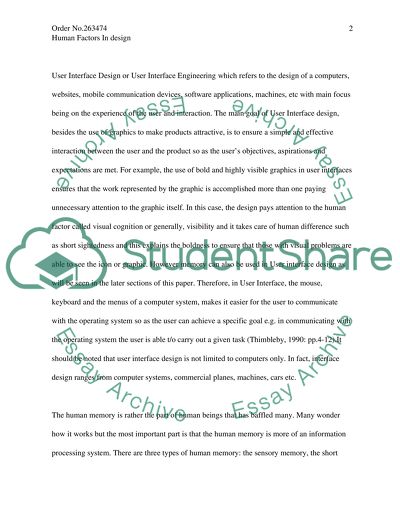Cite this document
(“Human Factors In Design Assignment Example | Topics and Well Written Essays - 2000 words”, n.d.)
Human Factors In Design Assignment Example | Topics and Well Written Essays - 2000 words. Retrieved from https://studentshare.org/technology/1500169-human-factors-in-design
Human Factors In Design Assignment Example | Topics and Well Written Essays - 2000 words. Retrieved from https://studentshare.org/technology/1500169-human-factors-in-design
(Human Factors In Design Assignment Example | Topics and Well Written Essays - 2000 Words)
Human Factors In Design Assignment Example | Topics and Well Written Essays - 2000 Words. https://studentshare.org/technology/1500169-human-factors-in-design.
Human Factors In Design Assignment Example | Topics and Well Written Essays - 2000 Words. https://studentshare.org/technology/1500169-human-factors-in-design.
“Human Factors In Design Assignment Example | Topics and Well Written Essays - 2000 Words”, n.d. https://studentshare.org/technology/1500169-human-factors-in-design.


